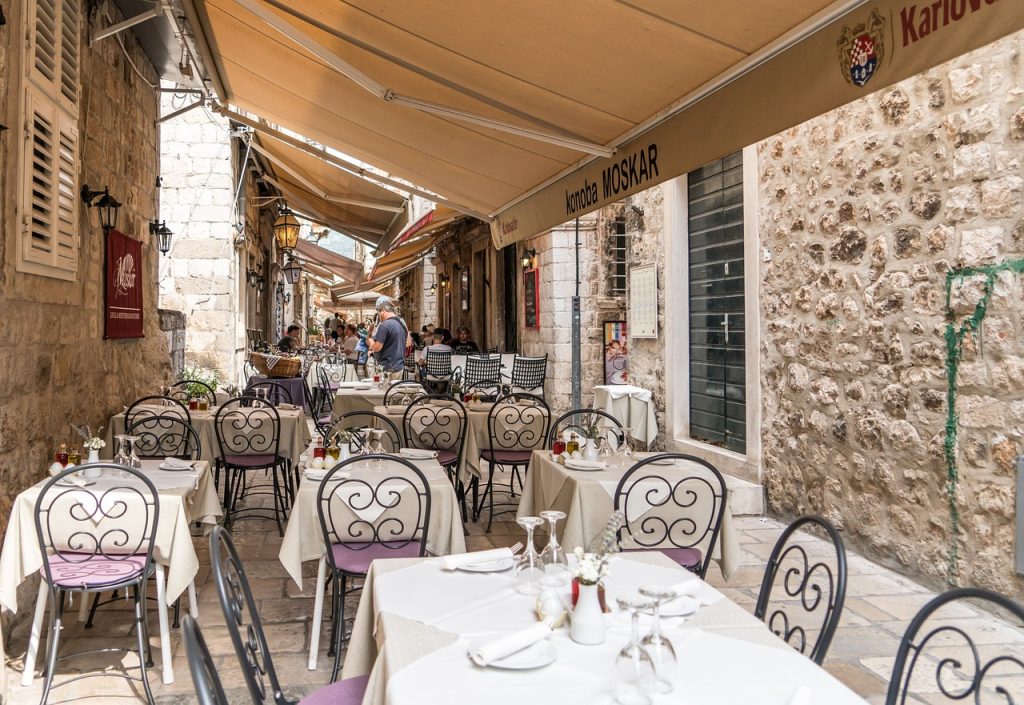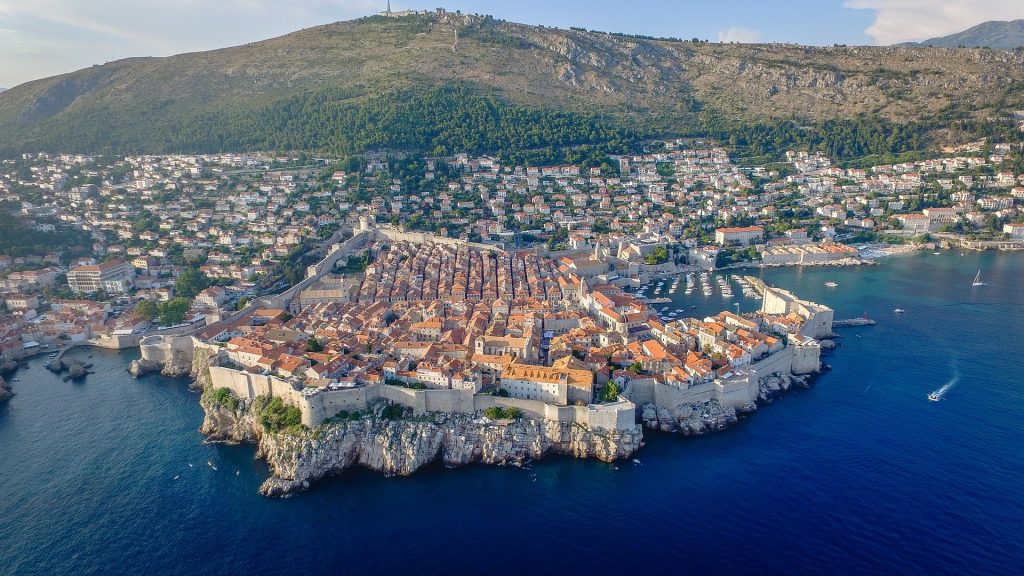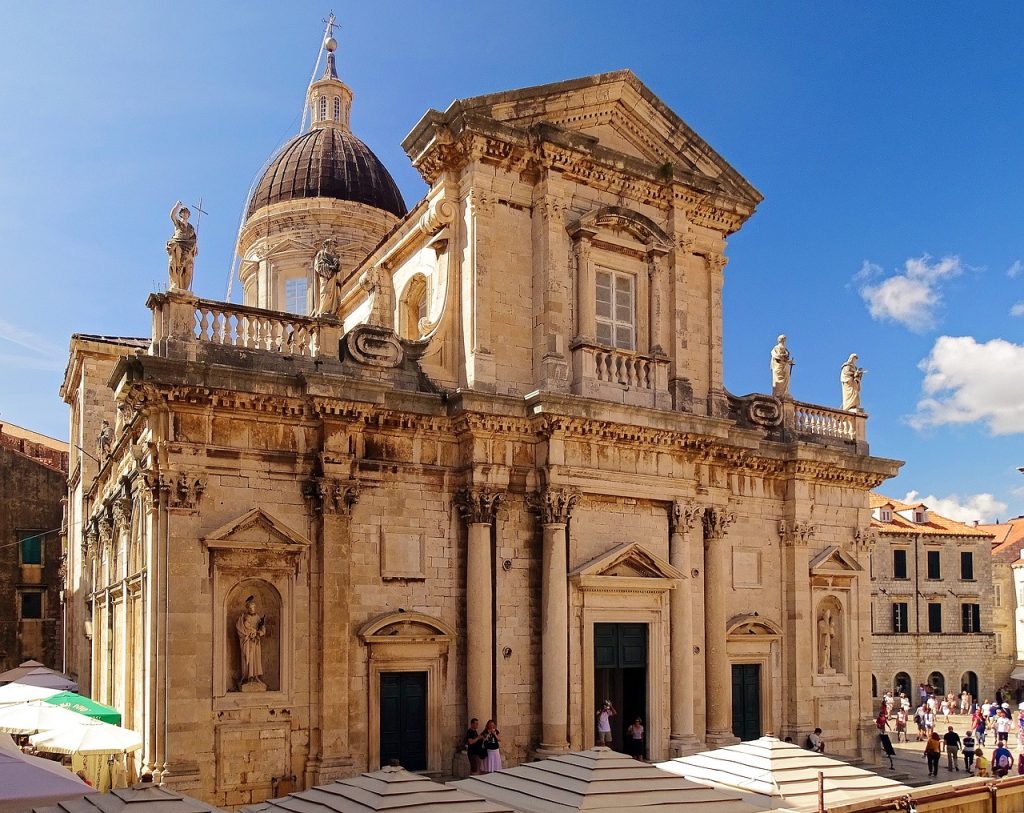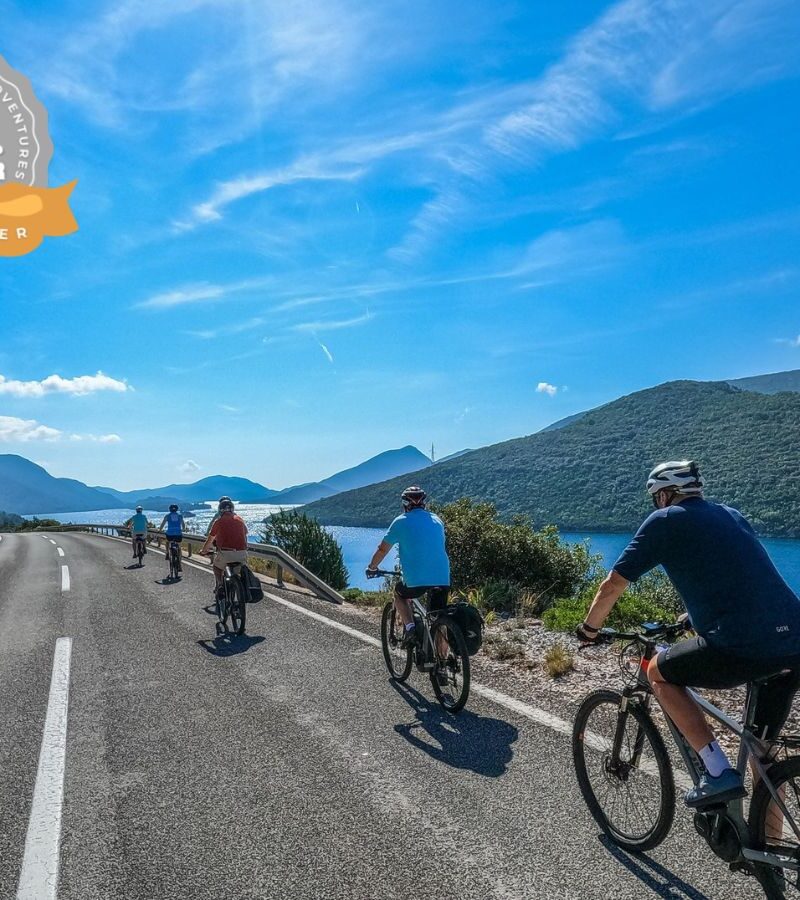Discover Dubrovnik: Where History Meets Beauty
Welcome to Dubrovnik, a breathtaking coastal gem that promises a journey through time. With its rich history, stunning architecture, and picturesque Adriatic Sea views, Dubrovnik is often referred to as the “Pearl of the Adriatic.”

Here’s what awaits you in this enchanting city:
1. A Medieval Marvel: Step into Dubrovnik’s Old Town, a UNESCO World Heritage Site, and be transported back in time. Wander through the well-preserved medieval streets, surrounded by centuries-old walls, fortresses, and palaces. The city’s timeless charm has earned it a starring role in the TV series “Game of Thrones.”
2. Stradun, the Marble Street: Stroll down Stradun, the main thoroughfare of the Old Town, where you’ll be captivated by its elegant architecture, charming shops, and inviting cafes. Don’t forget to walk through the city’s famous Pile Gate, the monumental entrance to this historical wonder.
3. Remarkable History: Immerse yourself in Dubrovnik’s rich history through guided tours of its landmarks. The Rector’s Palace, Sponza Palace, and the Dubrovnik Cathedral are just a few sites that promise to leave you in awe.
4. Magnificent Views: For a panoramic view of the city and the Adriatic, take a walk along the city walls. You can also visit Mount Srđ for a stunning view from above, where you’ll be enchanted by the contrast between the terracotta rooftops and the azure sea.

5. Gastronomic Delights: Dubrovnik offers a diverse culinary scene. Savor fresh seafood dishes, delightful Mediterranean cuisine, and mouthwatering sweets at local restaurants and markets. Wash it down with the finest Croatian wines.
6. Island Hopping: Dubrovnik is your gateway to the nearby Elafiti Islands, such as Šipan, Lopud, and Koločep. Explore their pristine beaches, picturesque villages, and the famous Blue Cave.
7. Cultural Festivals: Plan your visit during Dubrovnik’s renowned Summer Festival, where the city comes alive with theater, music, and dance performances in stunning outdoor settings.
8. Hidden Gems: Don’t forget to discover some of the less-visited gems, like the charming Cavtat village and the tranquil Arboretum Trsteno, both offering tranquility and natural beauty.
9. Beaches and Sea Activities: With crystal-clear waters, Dubrovnik is an ideal destination for beach lovers. Enjoy swimming, snorkeling, kayaking, and other water sports along the beautiful coastline.
10. Warm Hospitality: Dubrovnik’s locals are known for their warm hospitality. Engage with the friendly residents to gain insights into their culture and traditions.
Dubrovnik offers a truly magical experience with its blend of history, natural beauty, and Mediterranean charm. Immerse yourself in this extraordinary destination, and let it leave an indelible mark on your heart. Book your adventure now and become a part of Dubrovnik’s captivating story.
Dubrovnik
There are many beautiful places in the world, however the people of Dubrovnik claim their city to be the most beautiful. A warm southern climate, spacious blue skies, emerald green and dark blue crystal-clear sea touching the rocky shore and spilling into numerous coves and bays, onto sandy beaches and steep reefs decorated with the lushest Mediterranean and subtropical flora.

Under the mild Mediterranean climate, Dubrovnik is bathed in a sea of sun, blossoms and ripe orange and lemon tree fruit, even in the winter months. There are more than 250 sunny days per year, the average annual temperature is about 17°C, with the mean winter and summer temperatures being 10°C and 26°C respectively. The average summer sea temperature is about 21°C. The swimming season in the sea begins as early as April, sometimes even earlier, and lasts until late October, while swimming in indoor hotel pools is available year round. Dubrovnik and its surrounding areas cover the southernmost region of the Republic of Croatia and its Dalmatian province, from Neum in the west to Sutorina and Ponte Ostre in the east. The region borders with the Federation of Bosnia and Herzegovina to the north and the Republic of Montenegro to the east. This long, narrow coastal belt under the Dinaric mountains and low mountain peaks spreads to the east in the Konavle Polje (Fields), and includes Sniježnica Mountain and its mountainous region, it being its most inland point. One side borders with Herzegovina, the other with Montenegro, with the border line following the mountain peaks and at certain points coming to within a few hundred metres of the sea (such as at Duboka Ljuta).

History
The City of Dubrovnik is under UNESCO protection. According to records, the area around Dubrovnik was first inhabited somewhere between 6000 and 2000 BC. The existence of the city was lost in the cloudy course of history, with legend and historical facts being meshed together. The lack of any preserved documents makes the whole pinpointing process harder, and the few historians that are researching this topic are left with the task to distinguish fact from fiction.
What is certain is that Dubrovnik is an old city, persevering on its stony cliffs for at least 14 centuries. An even older city, Epidaurum, predates Dubrovnik, being located where the city of Cavtat now lies, about 18 kilometres southeast of Dubrovnik. At the time of its destruction it had endured for at least 10 to 12 centuries. Again, historians cannot be sure. Some believe that the Greeks founded the colony around 600BC. With the city destroyed, a number of its inhabitants fled to neighbouring regions (today’s Župa Dubrovačka), where the fortified cities of Spilan and Gradac (Burnum) were inhabited, as well as the rocky islet of Laus, which became the first city core of old Dubrovnik.
The rapid settlement of Laus resulted in the development of a new city, today’s Dubrovnik (in the 7th century) which would, on that small rocky area, grow deep roots and build a glorious and heroic history in the stormy centuries to follow. During the 7th century, the Slavic tribes, with Croats being one of the superior ones, had already set up permanent residences along the majority of the eastern Adriatic coast, with the exception of a few fortified Roman cities, which were becoming cut off from the rest of the empire in the wake of this rapid Slavic population. In comparison to the development of cities with a Roman population, a settlement was developing near Ragusium, at the foothills of Mount Srđ, which received the Croatian name Dubrovnik. The name came from the oak forests which even today are called “dubrave” today. During the 10th and 11th century, the sea strait between the two settlements became shallower due to alleviation, drying up completely at the end. When the two settlements, already joined together, were fortified and strengthened within the same city walls at the end of 12th century, the result was the Old Town of Dubrovnik, an urban centre preserved to the present day.
Do you want to experience Dubrovnik firsthand, enjoy stunning architecture, picturesque views of the Adriatic Sea, and learn all about its rich history? Contact us.
We will create a journey tailored to your preferences.





